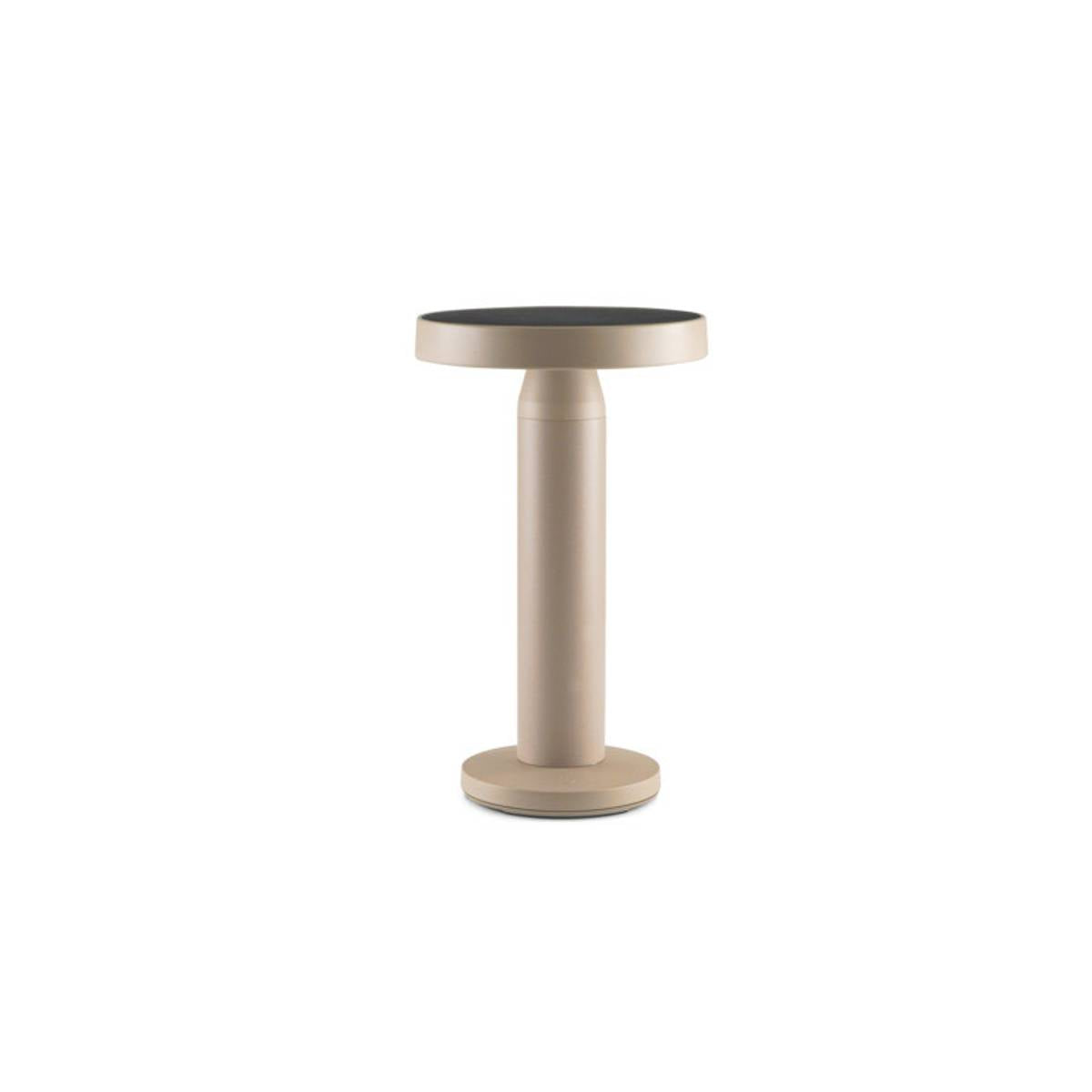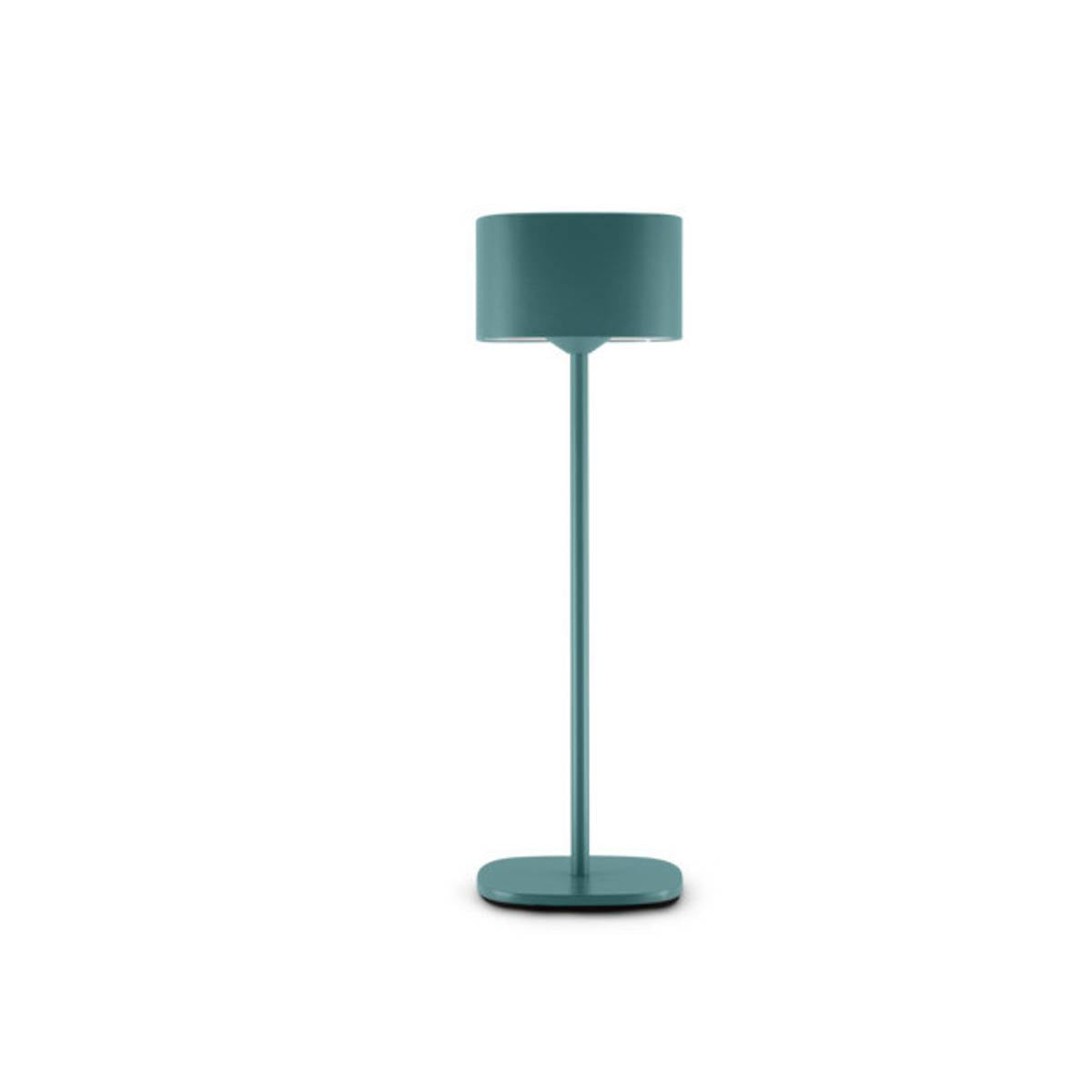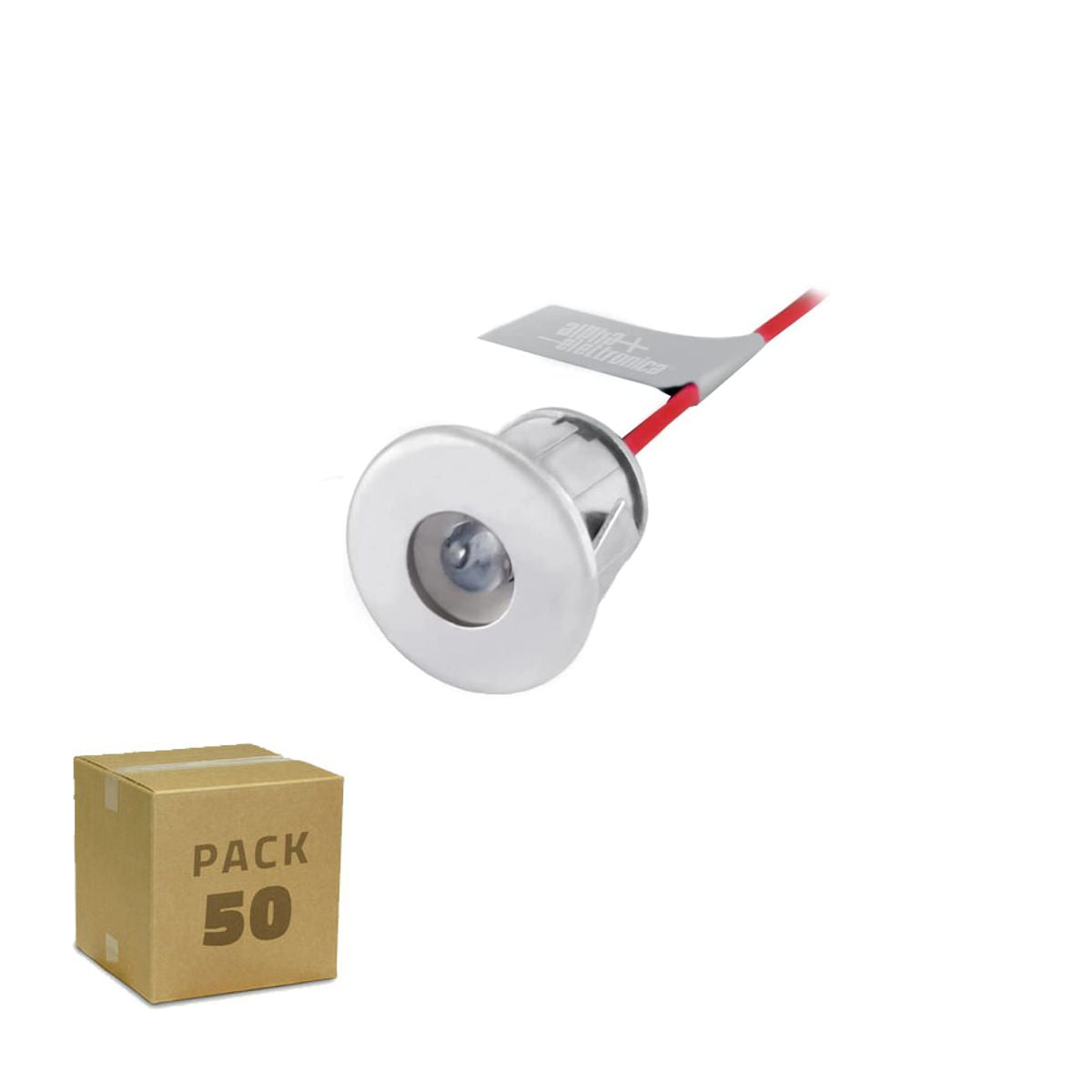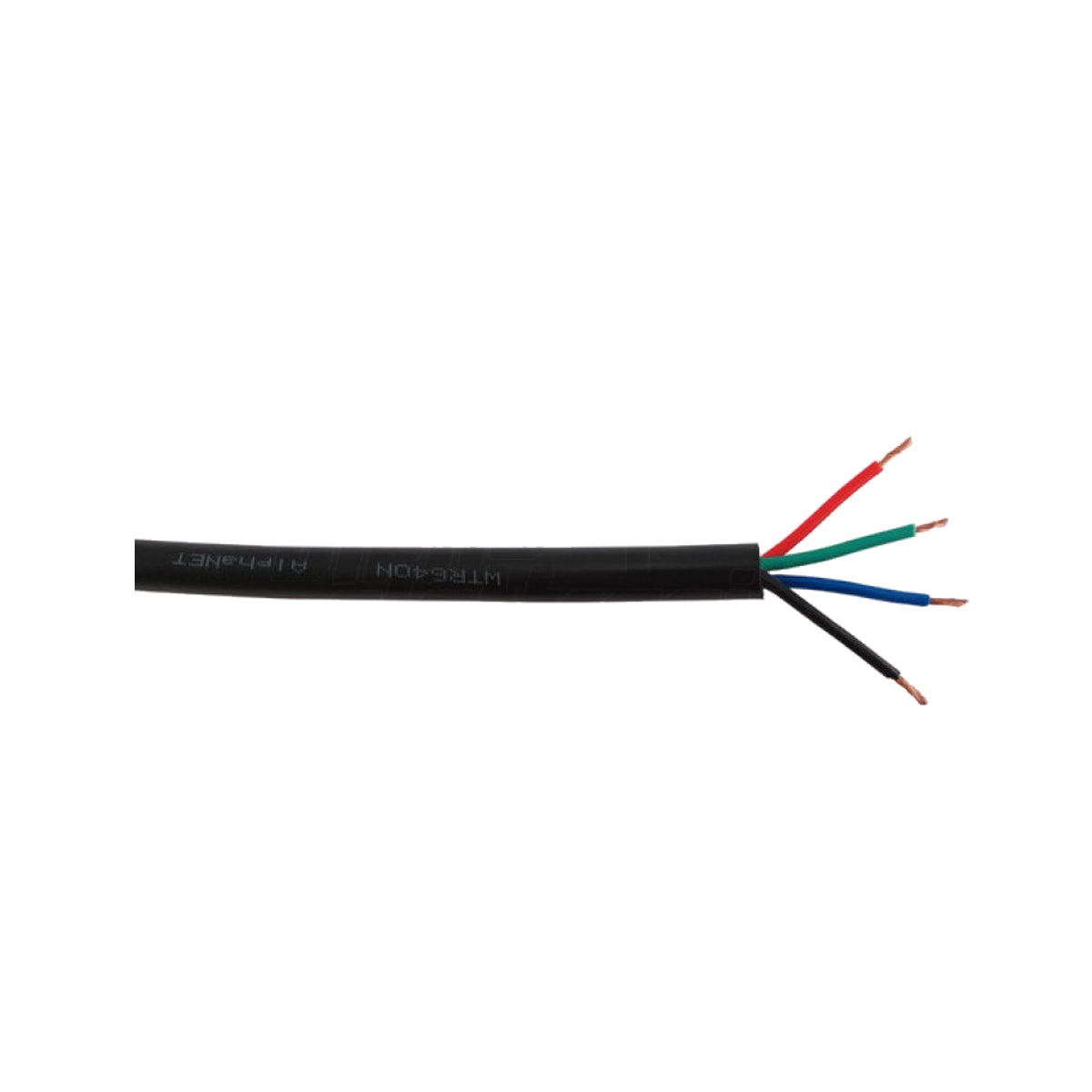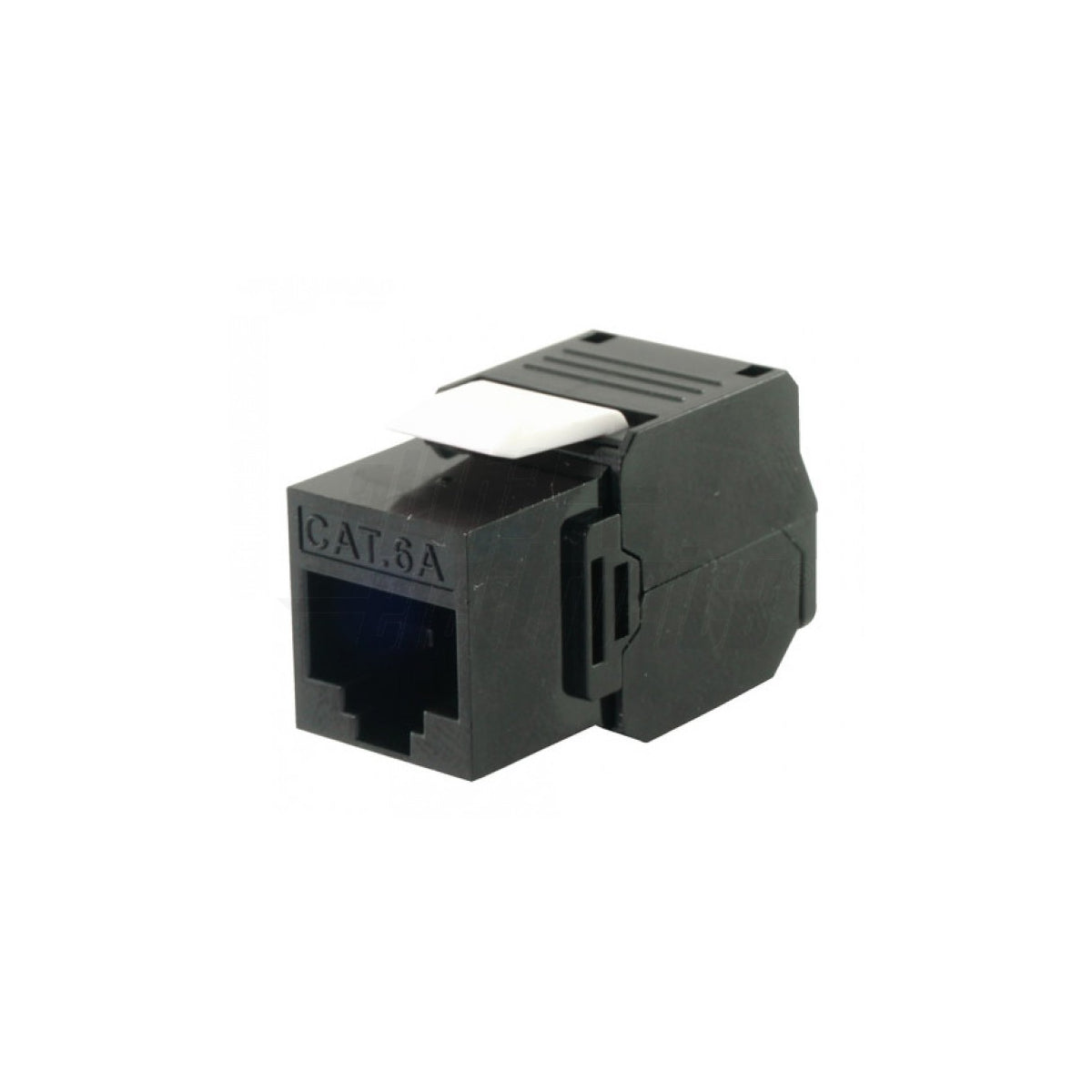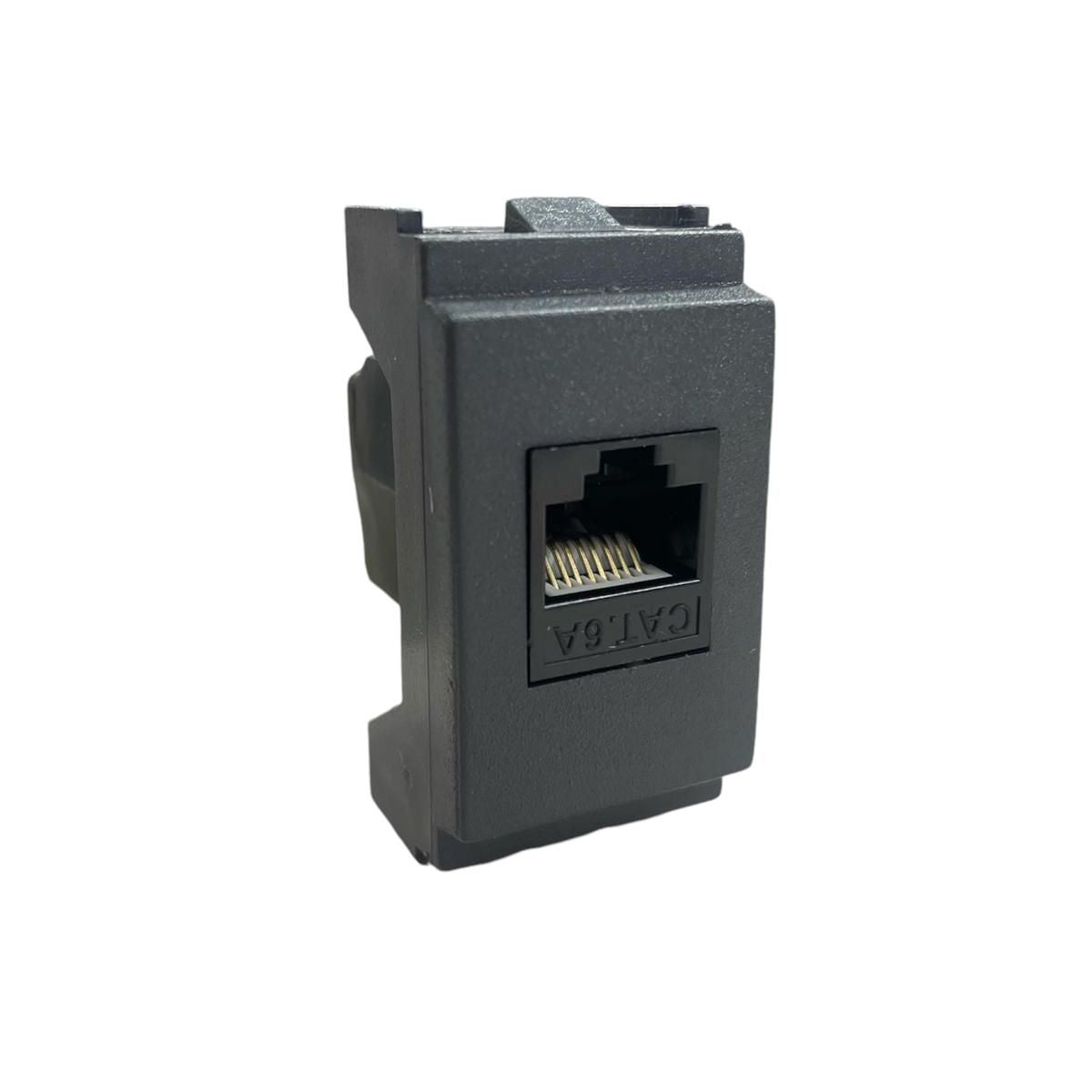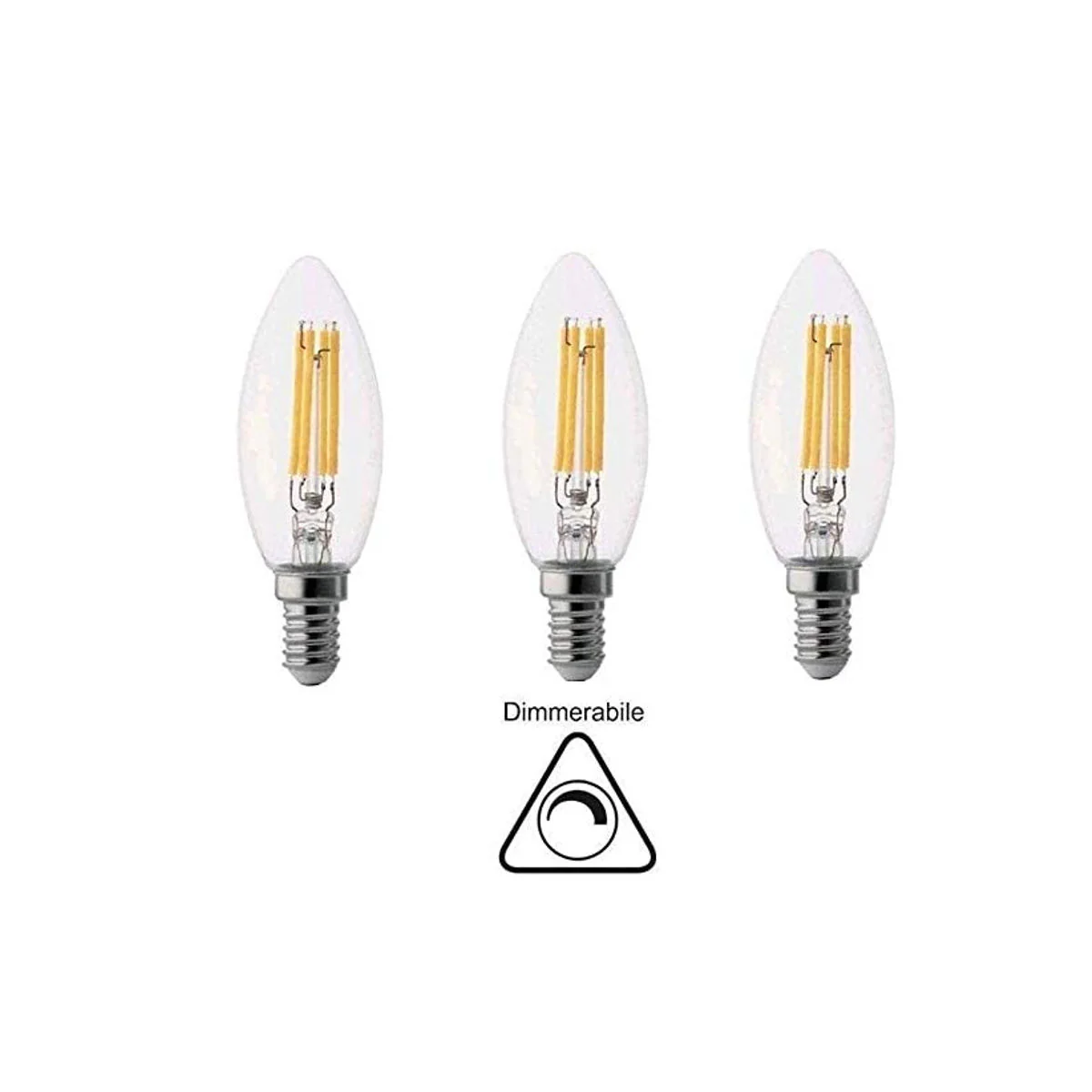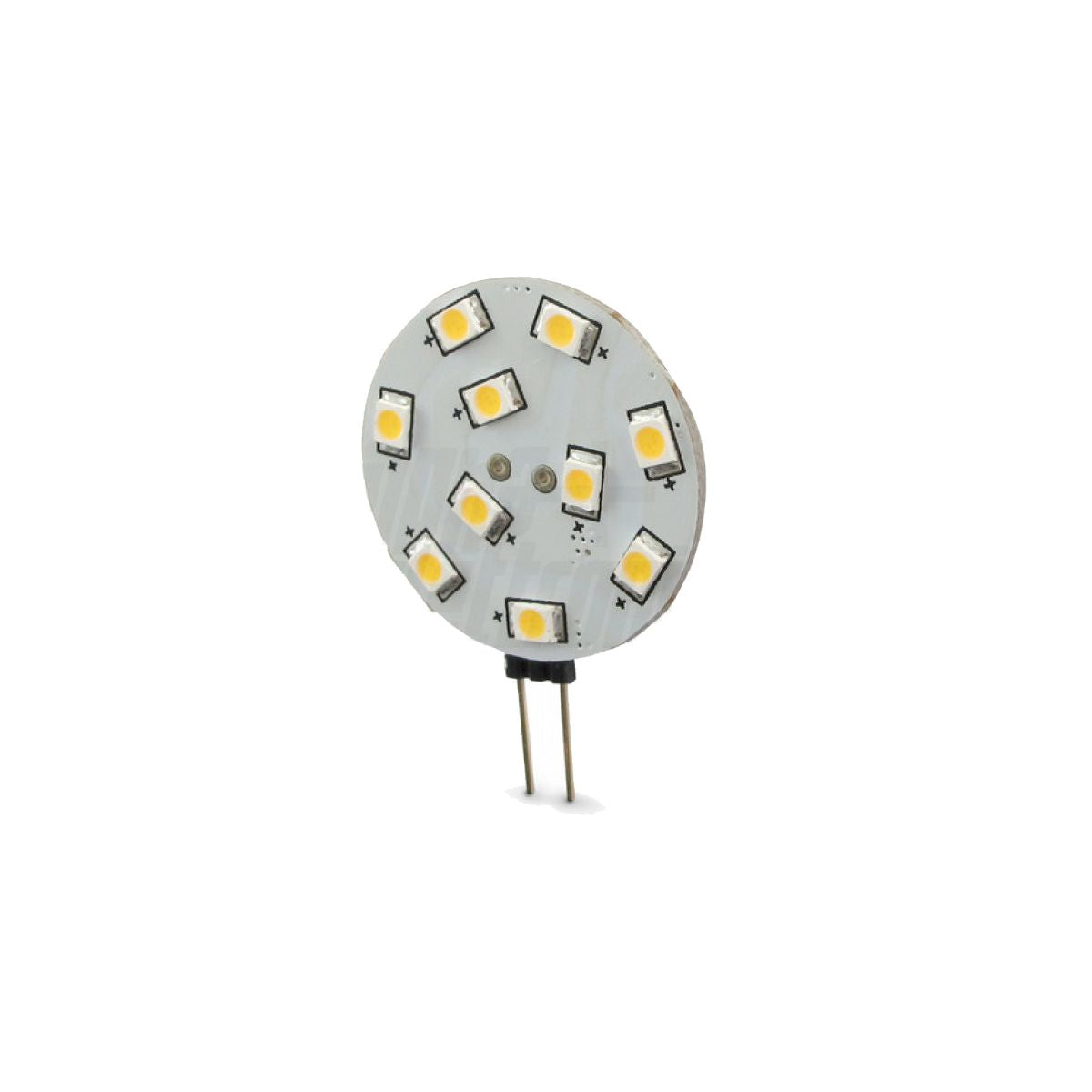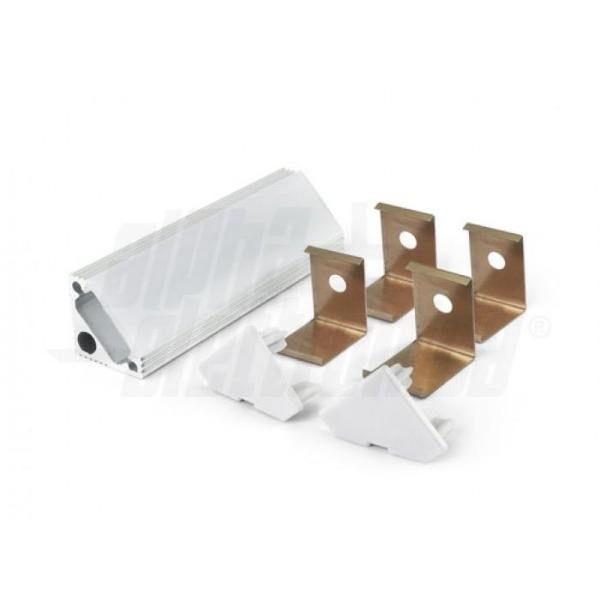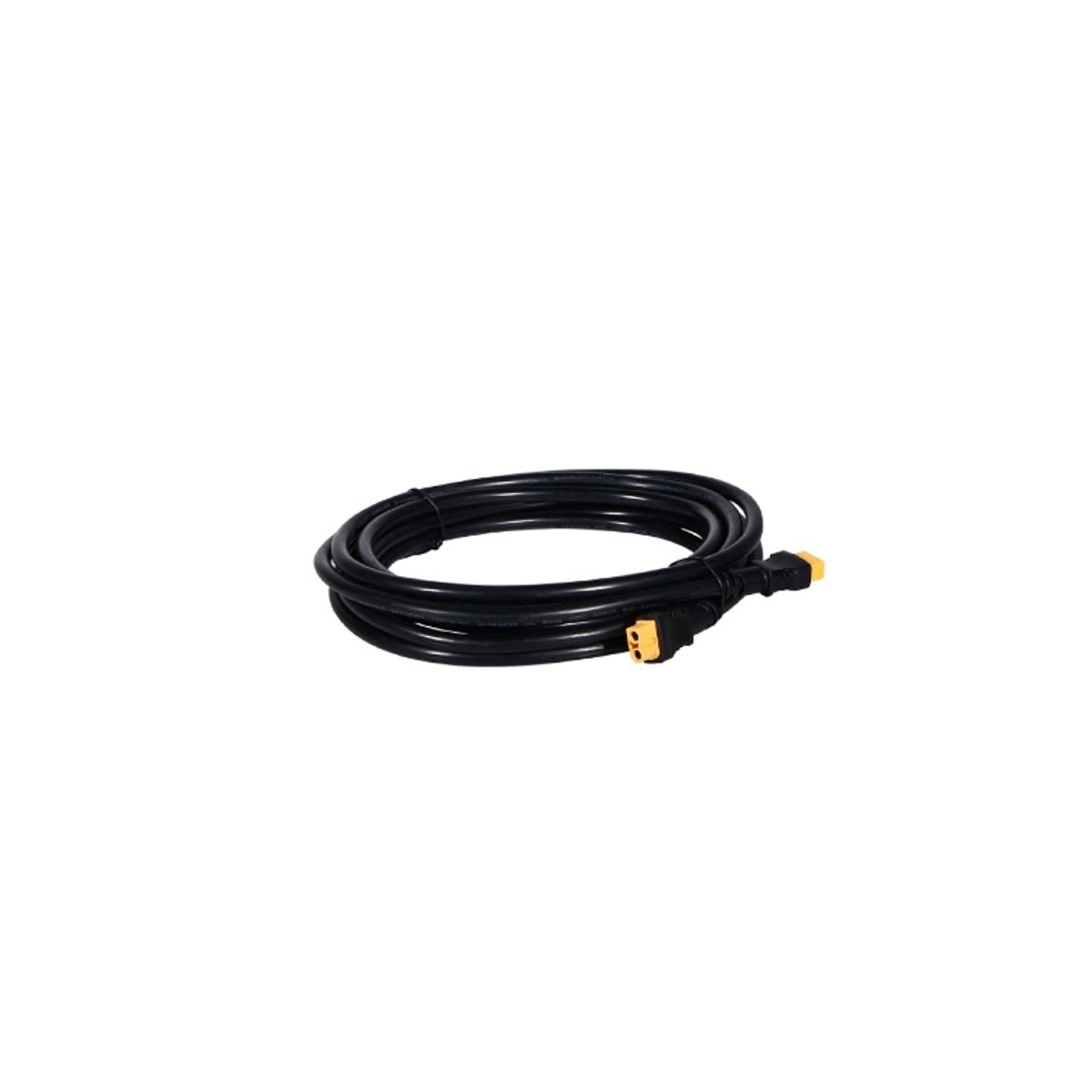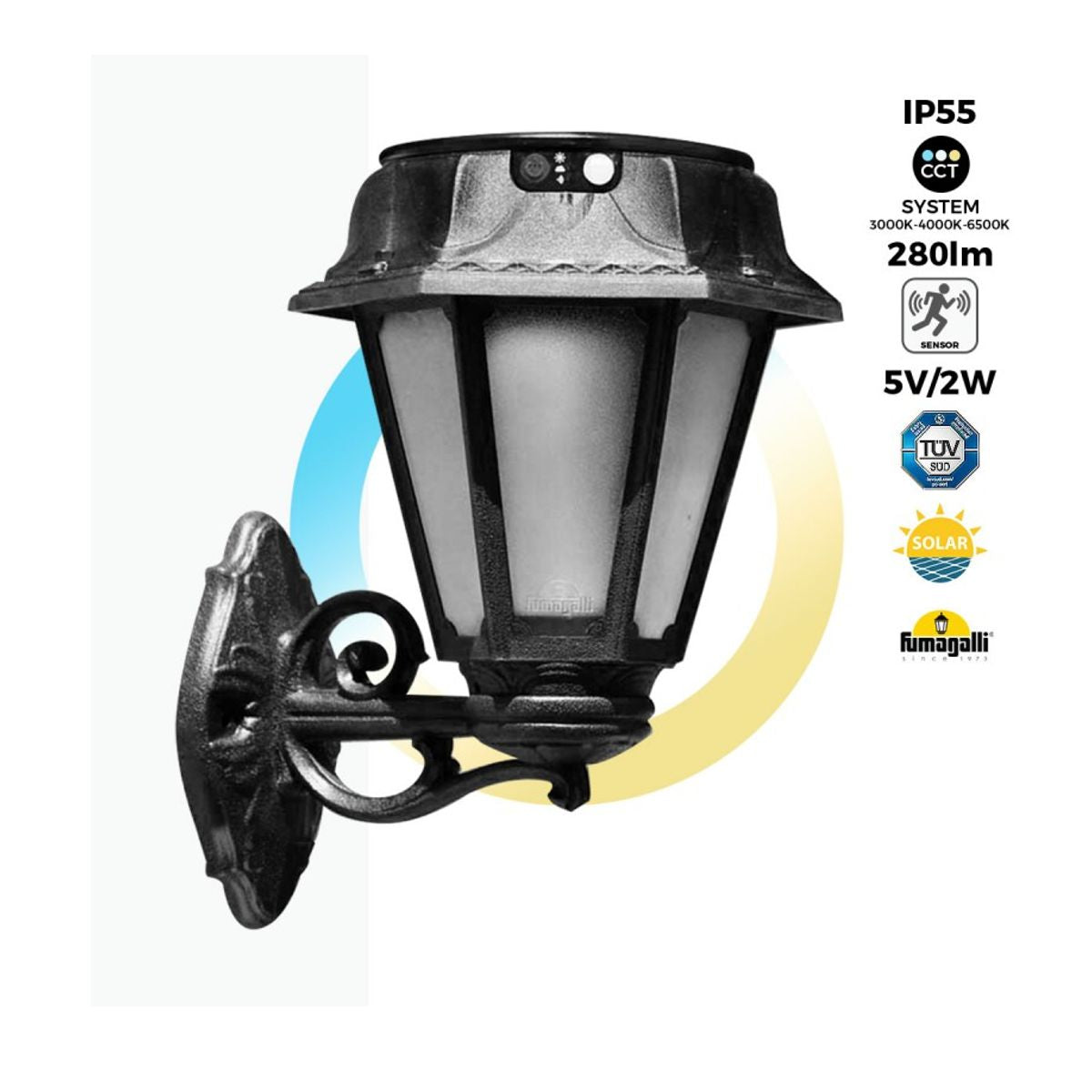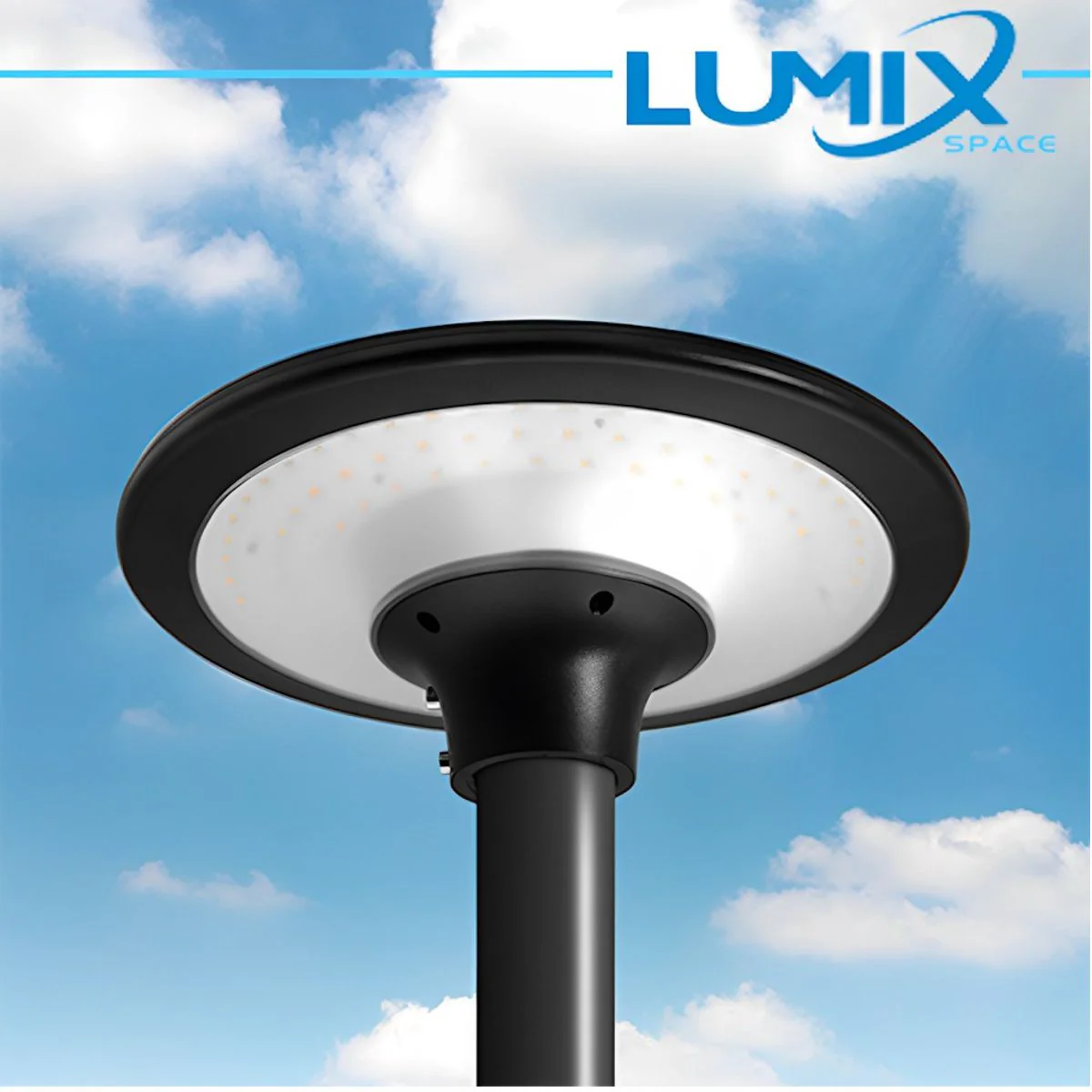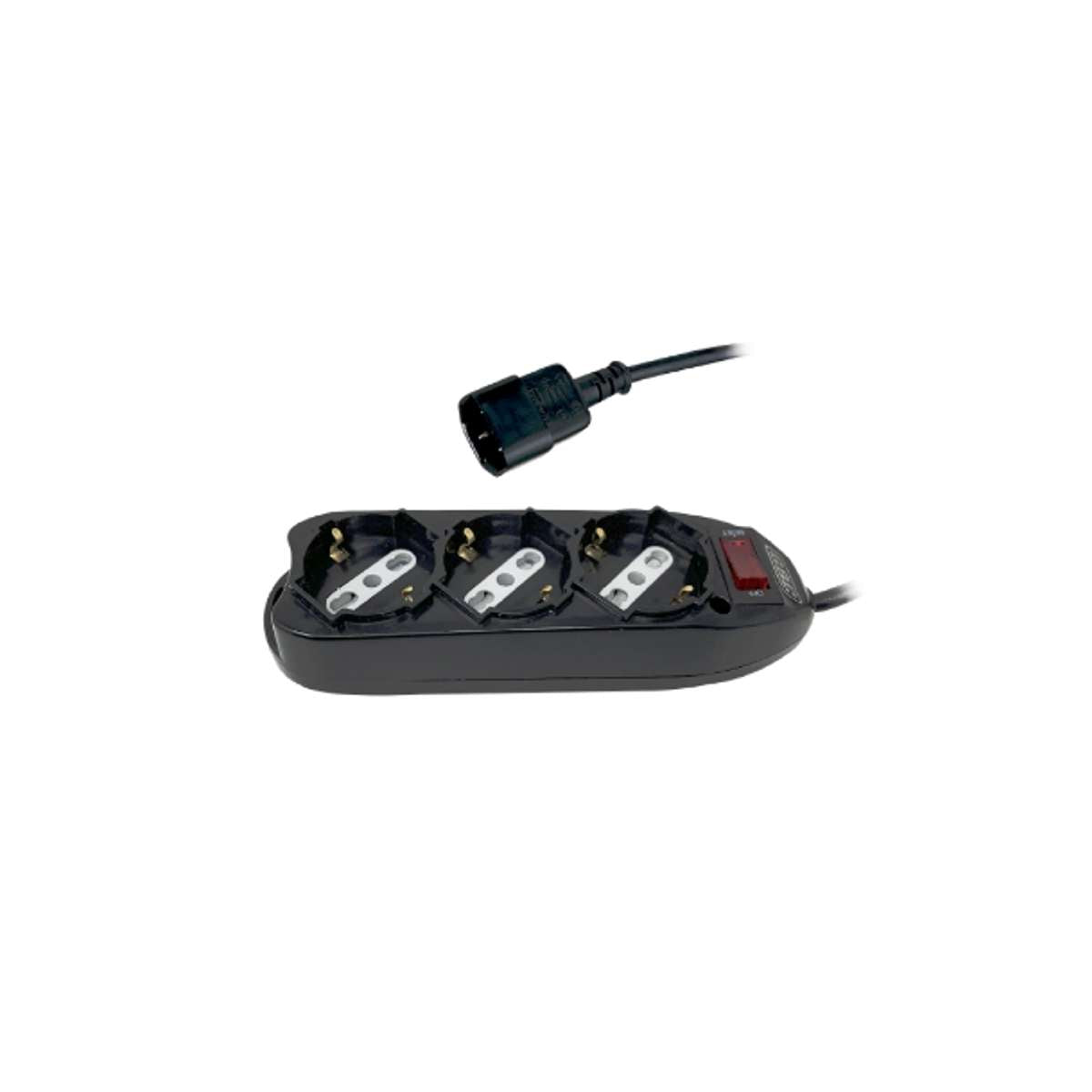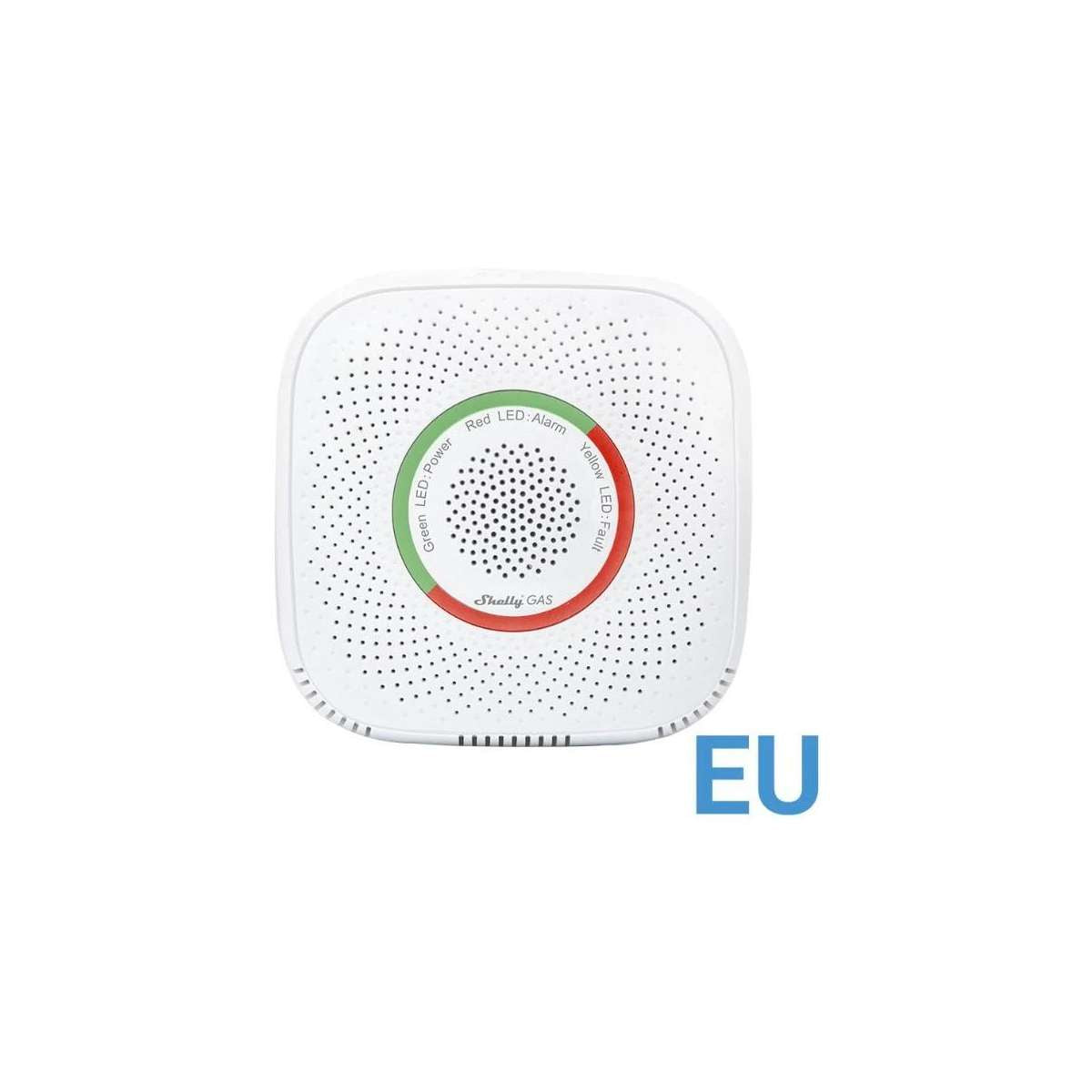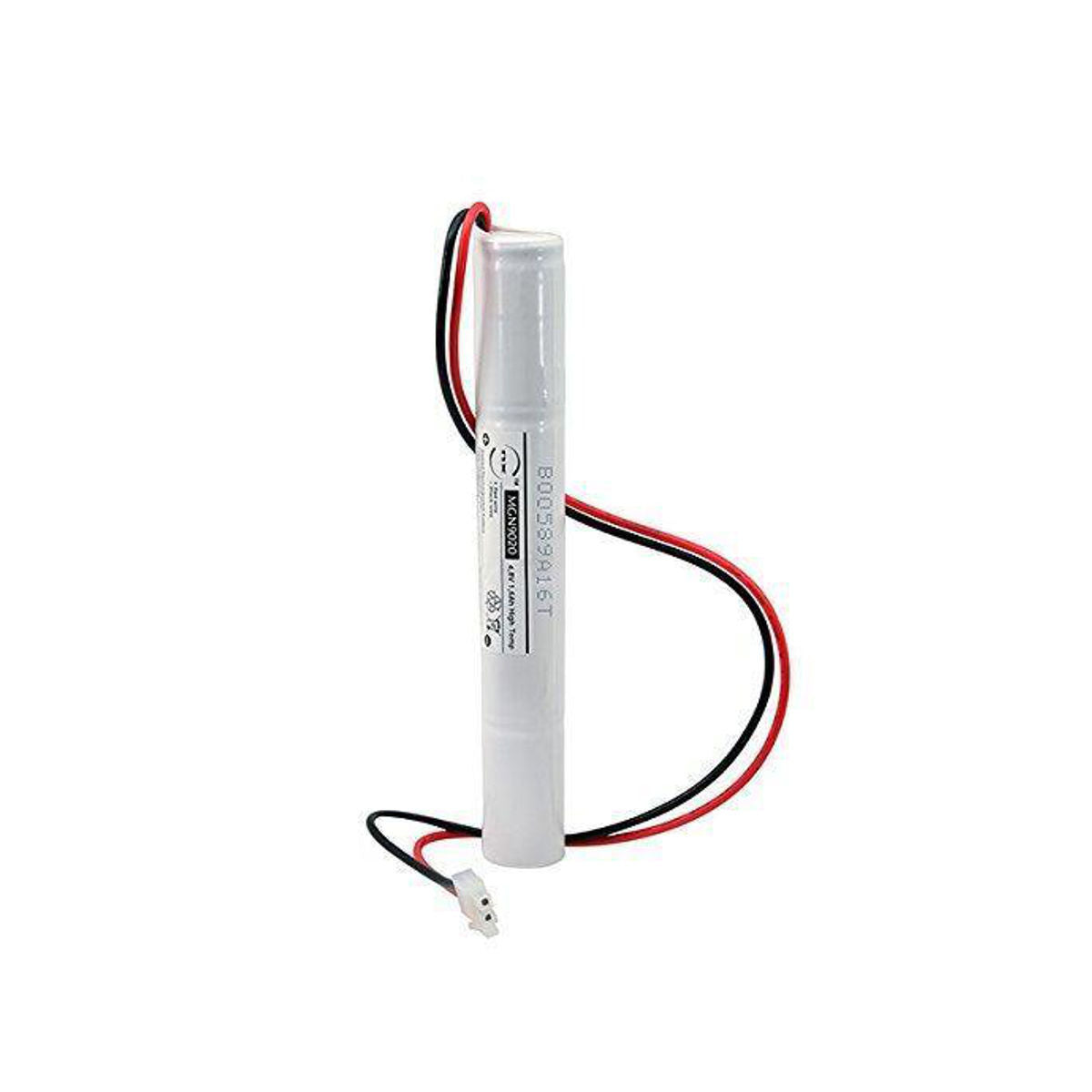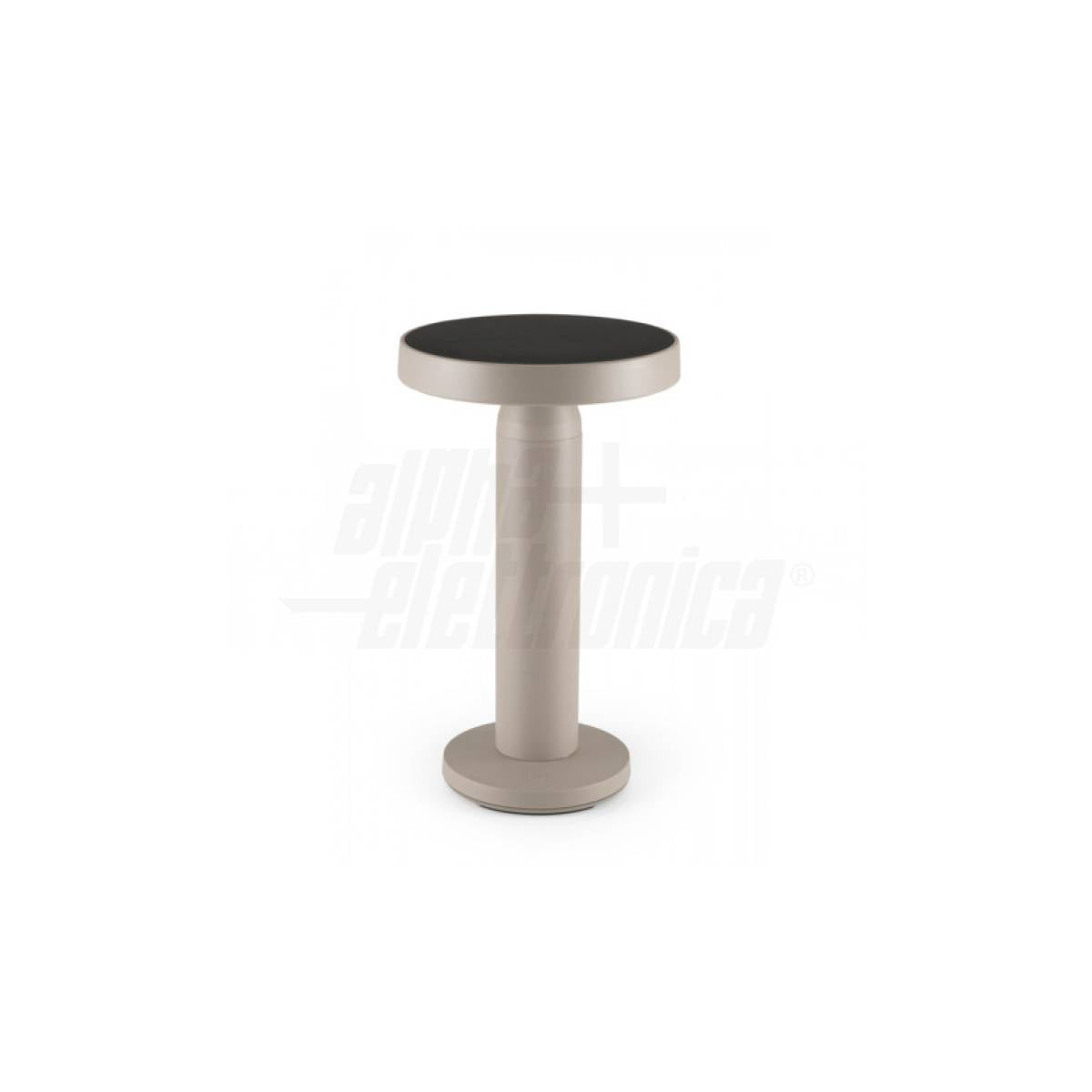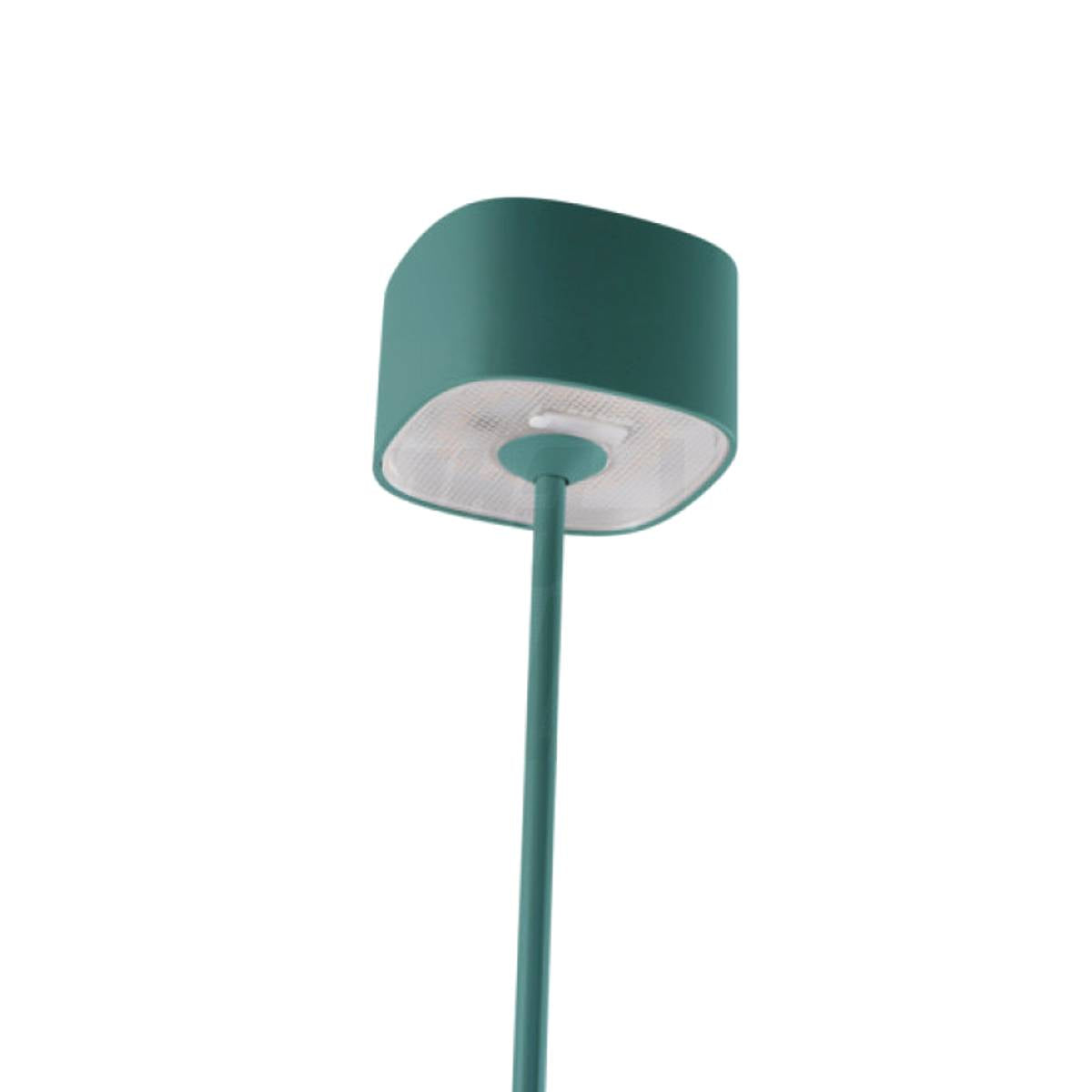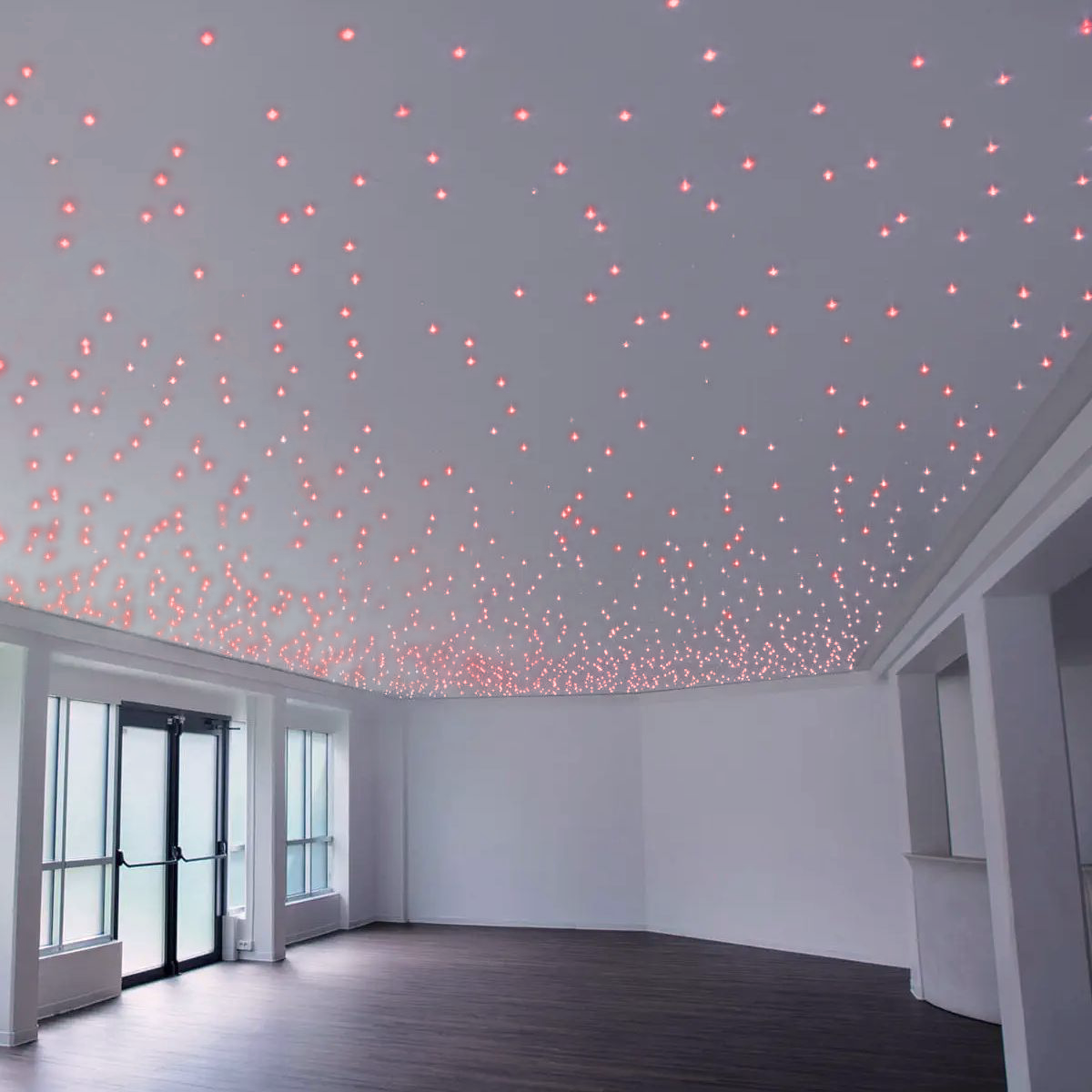How many times has it happened in your home that, due to a blackout, a fault or perhaps a strong drop in voltage, the electricity has gone out and, consequently, also the lighting?
It is precisely in these cases that a precious ally comes into play: the emergency lamp.
Emergency lamps or lights are battery-powered lighting devices that are automatically activated when, in the place where they are installed, there is a power cut (i.e. the suspension of power to the main circuit of the electrical system) which causes the consequent absence of ordinary lighting.
When electricity (and therefore lighting) is restored, the emergency lights automatically turn off and the battery they are equipped with recharges.
How emergency lamps work
An emergency lamp is generally composed of one or more light sources (usually fluorescent tubes or LED lamps), an internal rechargeable battery and various electrical components.
From a technical point of view, the operation of these lighting devices is very simple; when the main circuit of the reference electrical system opens (thus making it impossible for the passage of electric current), the emergency lamp is activated, lighting up thanks to its own batteries. It is precisely the power of the batteries that determines the overall autonomy of an emergency lamp.
To keep the battery charged and detect any blackouts, the lamp must obviously be connected to the electrical system.
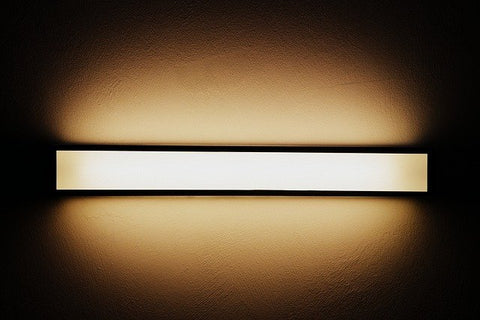
The types of emergency lamps and where to place them
The emergency lamps must be placed in one or more specific points, so as to ensure a good level of lighting in the rooms; the lamps can remain lit for a specific period of time which, generally, ranges from one to three hours.
In recent years, lamps that use LED technology have become mandatory which, in addition to guaranteeing a longer life, also guarantees lower energy expenditure.
As regards the "aesthetic" rendering, the emergency lamp (almost always rectangular in shape, with a single or multiple lamp) can be installed in two different ways: with the recessed system or on the wall . In the first case it is necessary to prepare a compartment capable of accommodating the lamp and the related electrical connections during the construction of the electrical system and the specific masonry works; for wall installations, however, it is sufficient that there is a way to secure the support base of the lamp on the surface; it is no coincidence that the latter is the most widespread solution, because it is cheaper and easier to implement.

